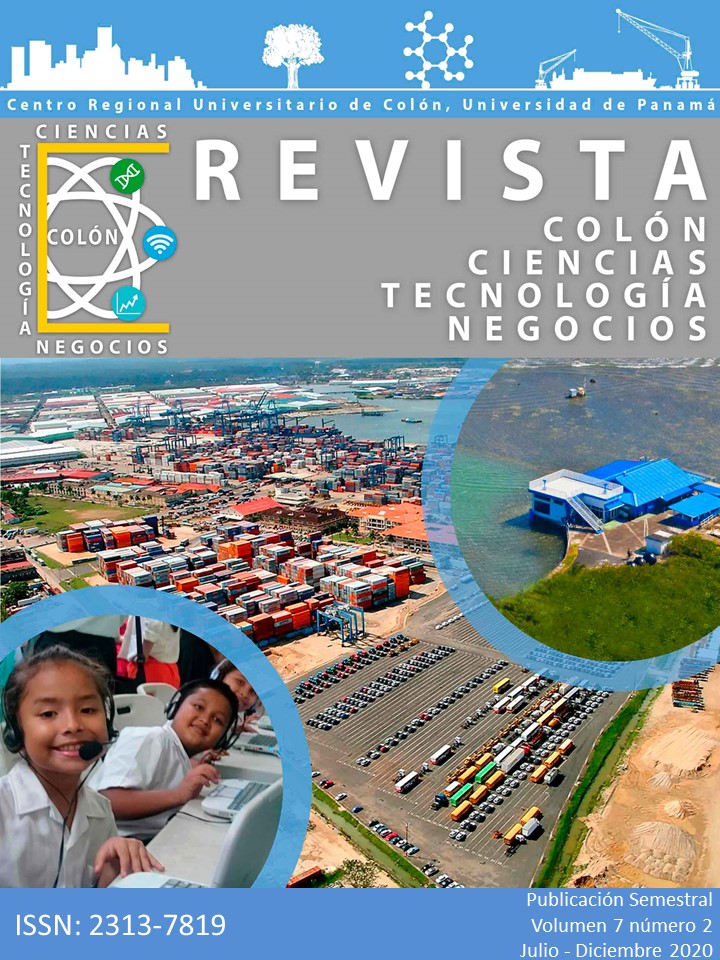

In the cocoa industry (Theobroma cacao L.) you can find tons of materials, among which is the husk, which represents 12% of the grain. Previous studies attribute to this, a significant antioxidant capacity and a large percentage of fiber. However, no important studies have been carried out to analyze and evaluate its safety for human consumption. For this reason the proposal of this research work was the development of a production process of cocoa husk flour and an analysis of the possible mixtures by replacement of 25%, 50% and 75% to wheat flour, guaranteeing the harmlessness of said product through physical-chemical, phytochemical and microbiological analysis. For this characterization, there is a sample collected from the “Fortaleza del Valle” Corporation located in the Calceta parish, Cantón Bolívar. The samples were subjected to a proximal analysis, which includes% humidity, dry matter, protein, fat, ash and fiber, additionally, the mineral content (calcium, magnesium, potassium, iron, manganese, copper and zinc) was estimated., and in turn the microbiology was evaluated by counting E. coli, molds and yeasts. In addition, its antioxidant properties such as polyphenol content (Folin Ciocalteu) and antioxidant activity were evaluated through the ABTS method. It was concluded that the percentage for enrichment of wheat flour with cocoa husk flour that best fits the quality parameters for flours, is close to 25%, however, it cannot be higher than this due to parameters such as the percentage of ash (2.87%) and fats (9.15%) that the cocoa husk possesses are above what the NTE INEN 616 standard (2015) indicates.